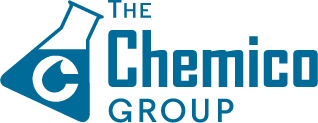Description of Issue: Automotive OEM customer was using an Aluminum starch-based detackifier chemistry in their paint spray booth operations. After changing paint suppliers, they began to experience a significant drop in overall system performance. Water clarity dropped, suspended solids increased and deposits on both the flood sheets and in the under booths increased. In addition, the system began to experience excessive foaming, which interfered with both booth balance and sludge collection. Paint quality was negatively impacted and cleaning costs rose, all while using detackifier chemicals at an increased rate. The incumbent supplier was unable to correct the system problems in a satisfactory manner with their existing chemistry. Chemico was asked to look for alternate chemistry to correct the issues.
Proposed Solution: Run extensive lab trials to determine if alternate chemistry could help resolve the issues. Also, audit the system to look for operational or mechanical issues that could be contributing to the lack of performance. Compile findings to propose a solution that incorporated the Chemical, mechanical and operational requirements of the system.
Considerations
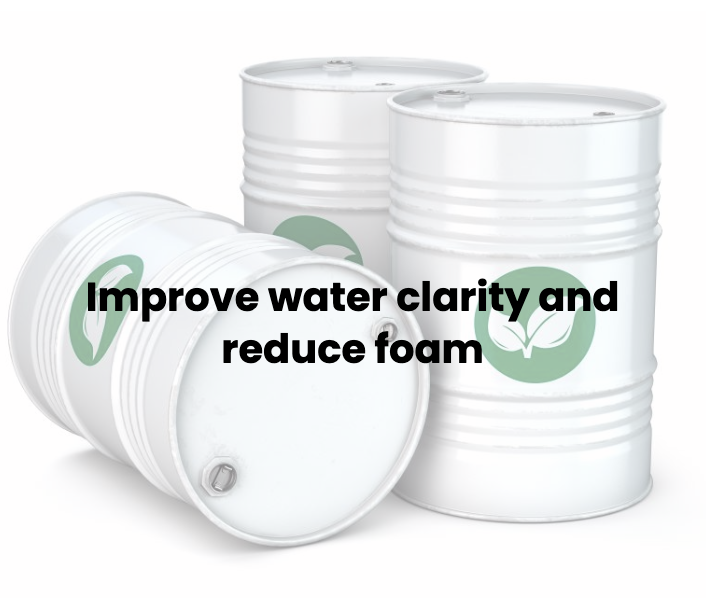
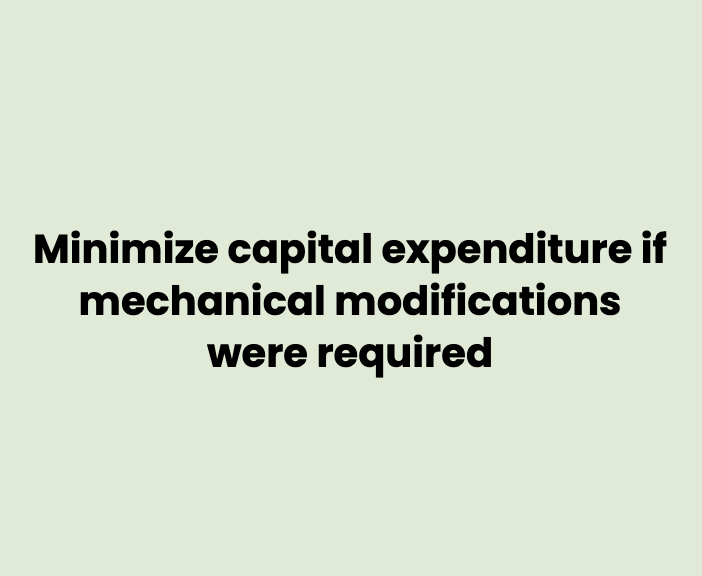
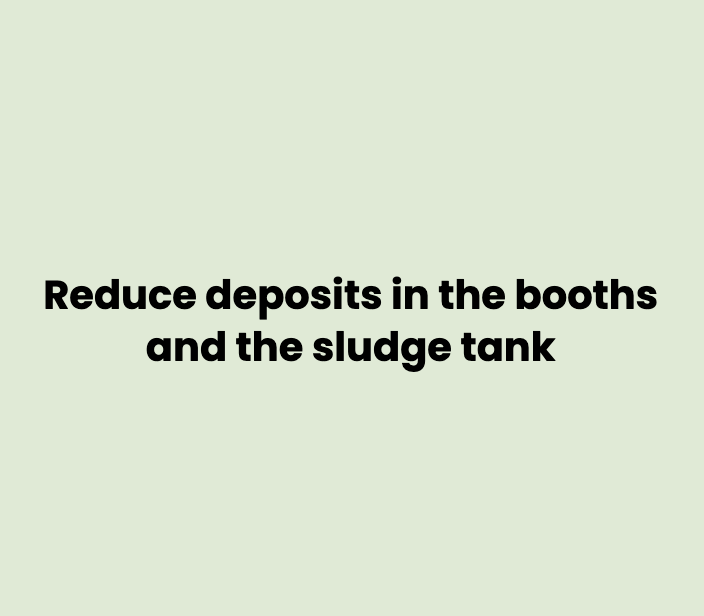
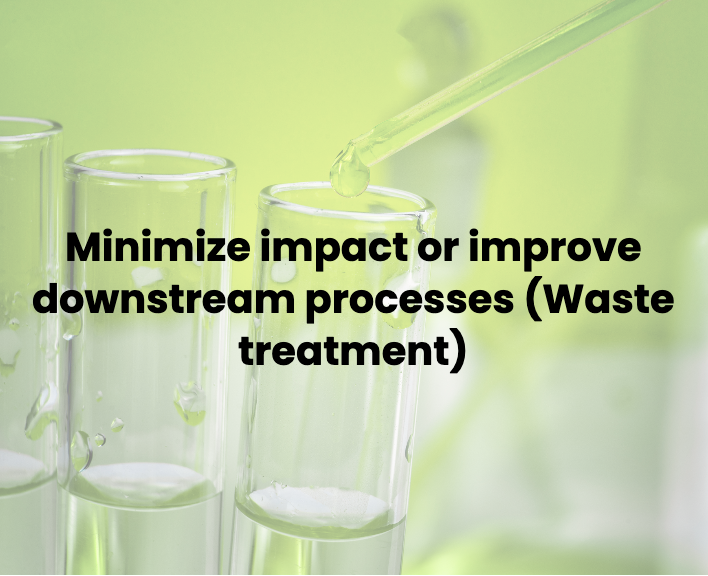
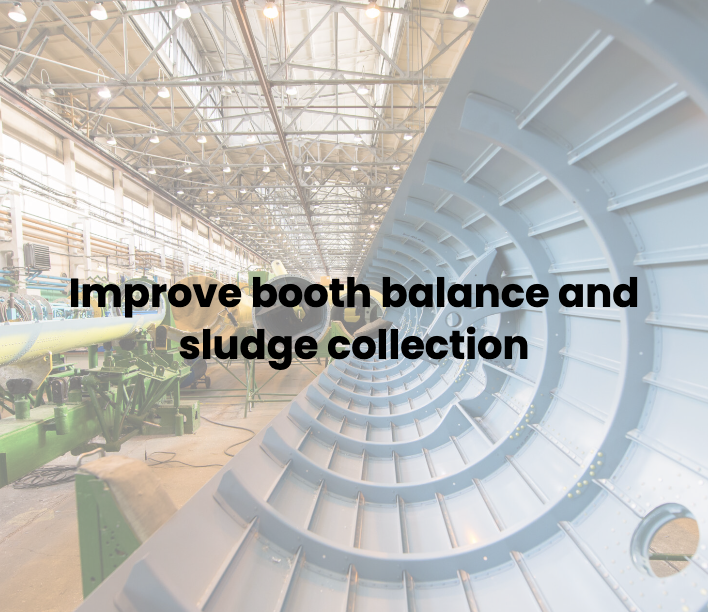
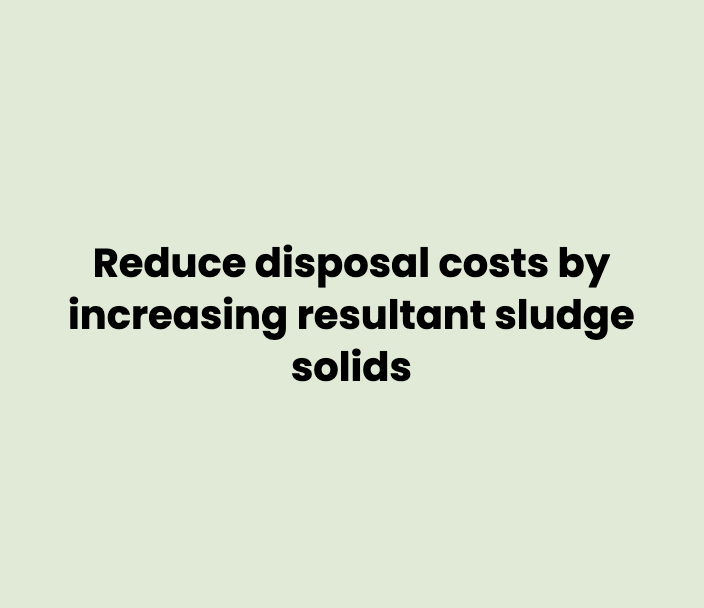
Method
Chemico worked with internal and third-party labs to evaluate multiple detackifier and support chemical formulations.

Testing
Testing was performed on the actual booth water and paints in use in the facility to tailor a solution specific to the needs of the plant

Audit
Chemico process experts performed a complete audit of the spray booth process to identify trouble areas and potential solutions.
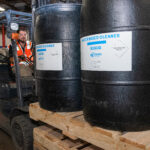
Locations and Equipment
Chemical feed locations and equipment were examined to confirm the correct feed rates and injection points were being used to treat the system.

Analysis
Historical performance data was analyzed to baseline the system and fully quantify results.

Paint solids in the recirculated booth water dropped from an average of 150 to 200 ppm, down to less than 50ppm on a consistent basis.

The revised flocculant formulation also reduced flood sheet deposits and increased the dewatering ability of the paint sludge. 35% to over 55% as shipped in the waste roll-off bins.

Defoamer consumption decreased significantly as a result of better removal of surfactants from the WB paints and cleaning materials.

Providing a positive impact on the ability to achieve and maintain booth balance.

The Chemico 9333 is also able to operate at a much higher conductivity; thereby, reducing the need for blowdown and reducing water consumption.

Reduced suspended solids directly contributed to a cleaner system with lower bio counts and reduced biocide usage. This also significantly reduced odor complaints.

Pit cleanouts were extended to annually from 2X yearly, saving approximately $50,000.00 in labor and disposal.


